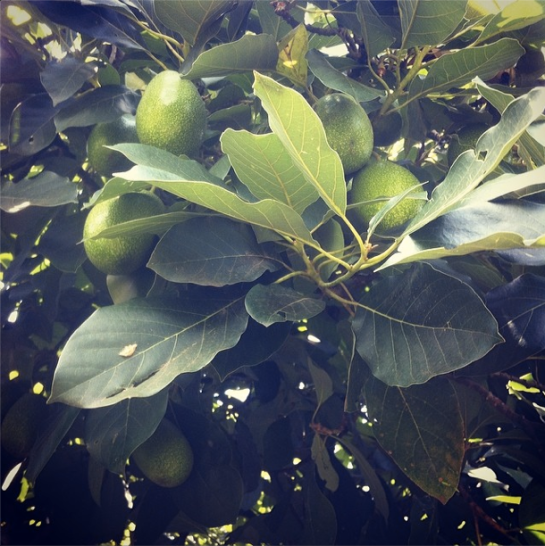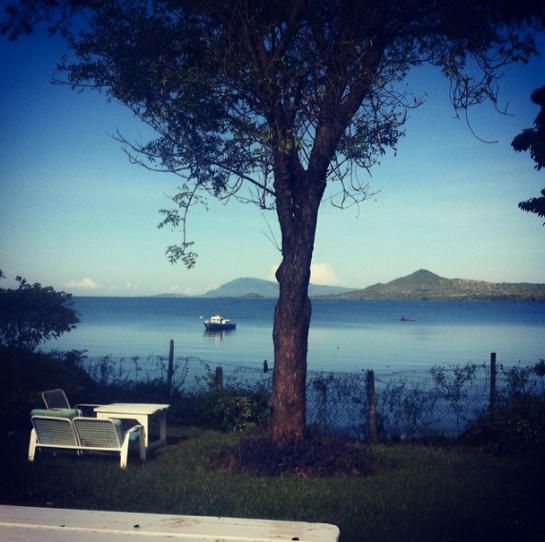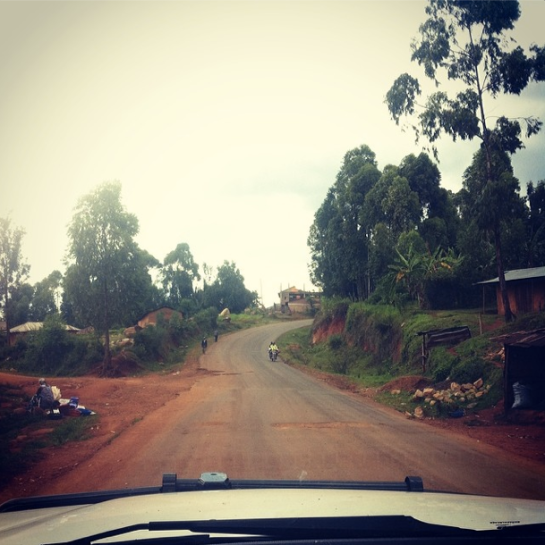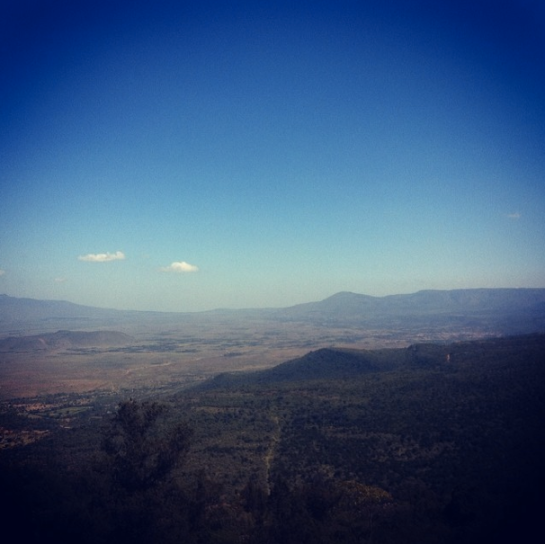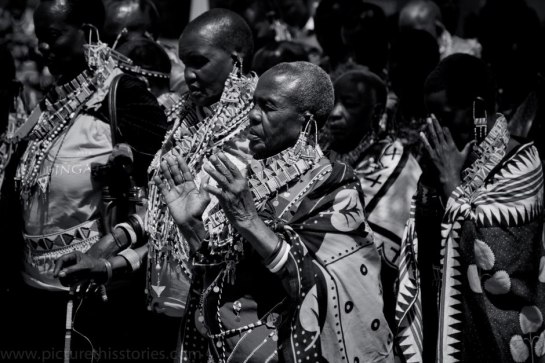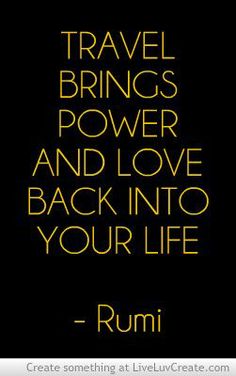I haven’t written any post here for a while because of travelling and an over-whelmed mind. I spent most of March in Kenya with a malaria elimination project. (As some of you now my other professional path is communication, mainly PR and strategy but also some fundraising.) An extra-ordinary experience that allowed me to discover many different places and contexts, from embassies to small island communities on Lake Victoria. These weeks and the complex context can be summarized and shared from many perspectives of course and my main focus on the experience is indeed from a malaria elimination project point of view. (If someone is interested in more information on that please feel free to contact me, especially if you are interested in supporting.) But for now, I do want to share with you some reflections and impressions from an olfactive and sensory perspective given the context of this blog and part of my life.
This was my first trip ever to Kenya and when I left Sweden spring had just begun to discretely announce its ambition to arrive… at some point. Many layers of clothes, gentle silent shy spring smells. Preparing for intense days by the equator I expected a mild shock, that it would be hot, that the Nairobi air would be compact, stubborn, urban, dusty and the Lake Victoria air sticky, lush and sweet. I was not prepared to instantly fall in love with Kenyan air but that’s exactly what happened and I spent many days talking about it to whoever would listen. The Kenyan air is amazing. It’s a fragrance in itself. Fresh, breezy, sweet, soft and always with a hint of something floral. It’s so likeable, so tender. Such a contrast sometimes to the visual impressions, for example in Nairobi where there is a lot of traffic, construction and… people. (I live in Sweden… it’s not so densely populated, downtown Nairobi is a physical and visual sensation for me.) Every day I felt aware of this particular air and felt like inhaling endlessly. The Kenyan air was really a remarkable part of my impressions and it feels like the perfect reflection of other impressions such as for example the soft slow voice that many Kenyans speak with.
Something else that I thought about a lot was the directness and purity of flavors. It was really quite relaxing and restoring for the senses, and I noticed how I quickly started to avoid cosmetics that smelled to much (the one particular product that felt the most right was a serum from Swedish brand Emma S, that actually smells a little bit like the Kenyan air). Even having returned home I notice when cooking that I am much more attracted to simple gentle pure things, I keep trying to recreate ugali and sukuma. When you are raised and based in a climate that allows for things to grow in your garden only a few months per year, it is a true luxury to eat fresh food and only fresh food every single day. Fresh fish and fresh lime is really really fresh in Kenya.
I don’t know how many times I ate kachumbari, a delicious salad made with tomatoes and onions and cilantro, and never grew tired of it because the flavours were so rich and intense. A little bit more onion or cilantro or not made it feel like a different dish. And the mango… I think for the rest of my life when I think of mango my brain will start creating the sweetness of fresh ripe mango in my mind. Surprisingly enough the closest I get to the intensity of fresh Kenyan mango is the dried mango from Swedish-Colombian Nathalie. I quickly found a favorite routine for the early evenings when we returned from field trips in the islands on Lake Victoria. There was a place, a lawn right in front of the lake with soft chairs and a beautiful view and they made Masala tea with milk, served in a nice pot. The soft grass, the soft chair, the over-whelmed mind… watching the lake make its daily transition turning into a an unruly water more resembling a sea than a lake… warm dusty skin and the taste of the spices embraced by soothing milk. I will remember this forever.
There was an abundance of sensory impressions in this environment but somehow they came isolated and so there was a balance between variety and purity that felt energizing. It reminded me of the first week at perfumery school in Grasse where we smelled so many raw materials every day but somehow I never felt tired or sedated (the first week with naturals that is, the second week with synthetics was an entirely different story…). There were so many new sounds and smells and flavours… all senses were on an endless daily safari. And such odd combinations that form new associations of the mind… For example every night I applied mosquito repellent before going to sleep and every night in Mbita there was music somewhere in the distance. Very often the same song reappeared with a certain background drum loop repeating. Two slow, three fast. That kind of beat smells like mosquito repellent to me now. A more pleasant association is dusty clay road and fresh sugar cane. That one I love. And this is where I tell you that going on a road trip in Nyanza with a good jeep and an excellent driver and some fresh sugar cane should be on everyone’s bucket list. It is epic.
Someone asked me the other day, if I would create a fragrance that symbolizes Kenya, what would it smell like. An enchanting challenge of course but I am not ready at all to even attempt. My first encounters with Kenya revolve around being struck by the many faces and characteristics of Kenya, from one extreme to the other. So dynamic and unruly in one second, so peaceful and intimate the next. Dusty roads and lush opulent rural hills. Fast lanes with matatu madness and zebras that just don’t care. Flowers and fish. Masala and sugar cane. Mandazi and mango. Nyama choma in the making in the night air. Drumbeat and breeze. Endless contrasts. I admire the pride that every Kenyan I met seems to have in the spine, and the soft silent voices. The big smiles that light up not a room but an entire street. The reserved poise. I have no idea how to convey all that. But I know I would want to capture it in a way that also includes those incredible magic infinities…
I could write a book about everything that Kenya did to my mind, heart and senses. Maybe someday when I have had the privilege to spend more time there I will. For now I leave you with these impressions, some Kenyan seduction from Dela for your ears and some amazing photos by Kenyan photographer Kevin Ouma.
Asante sana Kenya. Infinite place.
